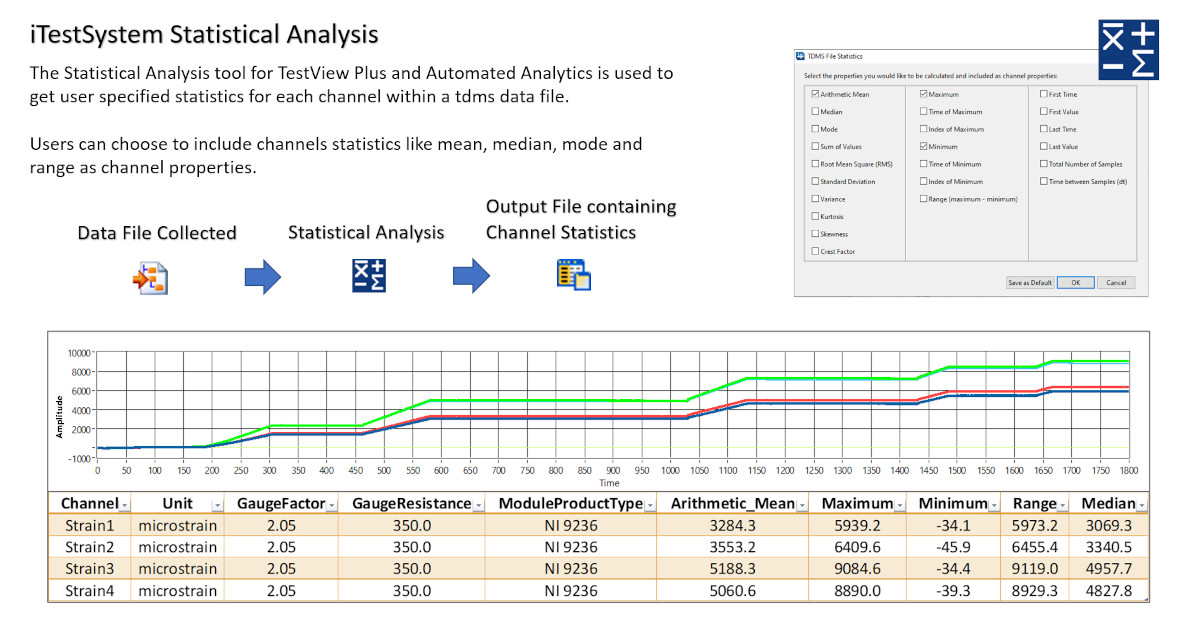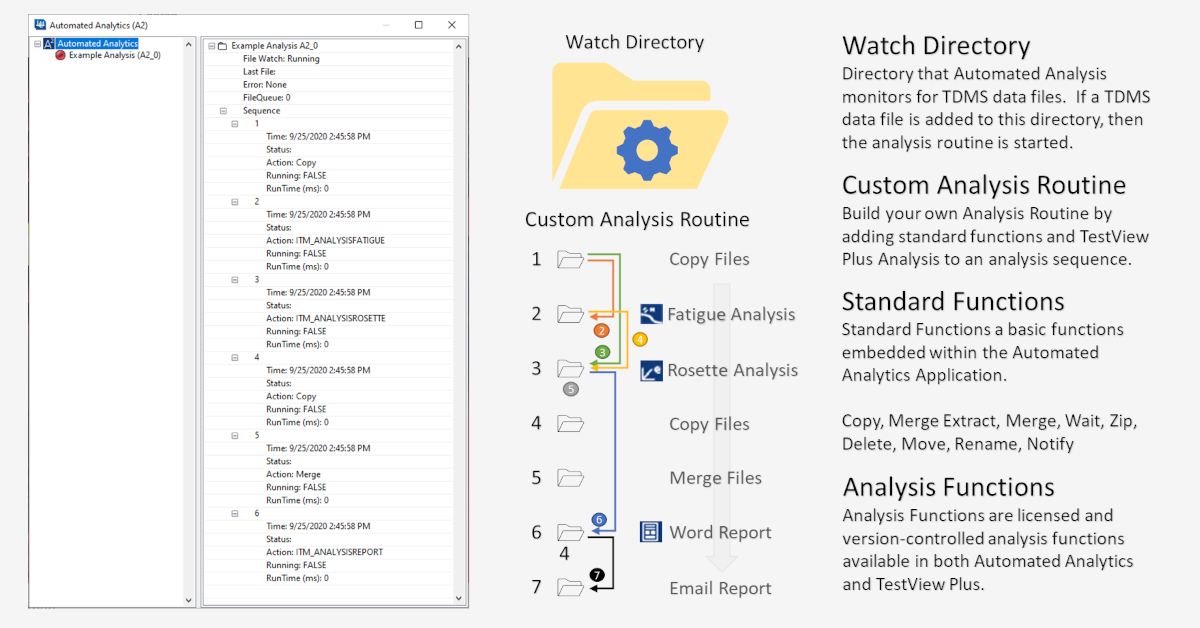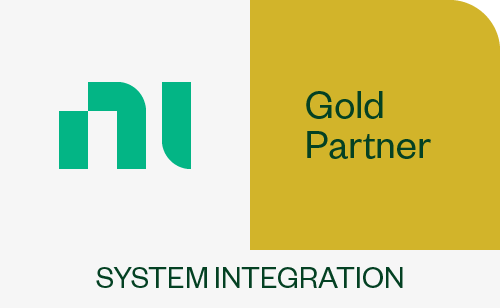Tag Archive for: Automated Analytics
Identify Damaging Events with Statistical Analysis
in Blog Posts, iTestSystem Analysis/by Chase Petzinger
Quickly Identify Significant Events in Large Data Sets with Statistical Analysis
Use statistical analysis for TestView Plus and Automated Analytics to extract statistics like minimum, maximum, and mean from each sensor. The results of the selectable analysis is embedded within the data file as searchable meta data.
Automated Analytics users can quickly identify data files within large data sets that contain sensor events of interest. When paired with Trigger Analysis and the Notification Service, these data files can be automatically selected and sent via email in remote monitoring applications.
About iTestSystem
iTestSystem is an engineering measurement software platform that enables test engineers to organize, acquire, view, and analyze data from machinery, processes, vehicles and other complex systems. iTestSystem was specifically designed for use with NI cDAQ or FieldDAQ hardware for data collection and data logging.
For more information about our iTestSystem or ITM’s testing services, contact Ryan Welker @ (844) 837-8797 x702.
Vibration Data Integration Analysis
in Blog Posts, iTestSystem Analysis/by Chase Petzinger
Simplify Acceleration Conversions with iTestSystem’s Integration Analysis Tool
Like many features in iTestSystem, the Integration Analysis tool was created because customers requested it. After all, who doesn’t like features that make the math easier?
In this blog, a new series by ITM, we’ll share some details about Integration Analysis, one of the features within TestView Plus, the project based data viewing function within iTestSystem.
For engineers who are gathering vibration data, it makes perfect sense to have a simple way to convert acceleration into units of velocity or units of displacement since those are the most common specs.
Enter the Integration Analysis function. Simply open TestView Plus, drop down the “Analysis” tab and select “Integration.” Once there, adjust the settings to either “Single Integration” for velocity or “Double Integration” for displacement. In a couple of additional clicks, you can also specify your desired units and adjust the high cutoff frequency to filter low frequency data.
The next time you are gathering data using accelerometers, let iTestSystem simplify all those conversions with Integration Analysis.
About iTestSystem
iTestSystem is an engineering measurement software platform that enables test engineers to organize, acquire, view, and analyze data from machinery, processes, vehicles and other complex systems. iTestSystem was specifically designed for use with National Instruments (NI) cDAQ or FieldDAQ hardware for data collection and data logging.
For more information about our iTestSystem or ITM’s testing services, contact Ryan Welker @ (844) 837-8797 x702.
Reduce File Size with Resample Analysis
in Blog Posts, iTestSystem Analysis/by Mark Yeager
Going Small Can Yield Big Results Thanks to Resample Analysis Feature
While it may seem counterintuitive to those used to gathering massive data files to solve complex engineering challenges, certain situations actually require gathering smaller files if you want to run a successful test.
For example, certain tests require gathering data on remote machinery over multiple months. In that instance, the onboard hard drive that’s storing the data will simply run out of space if you are gathering data at a high sample rate.
The team at Integrated Test and Measurement anticipated such needs. In this blog, a new series by ITM, we’ll share some details about Resample Analysis, one of the features within TestView Plus, the project based data viewing function within iTestSystem.
Though simple, the Resample Analysis function allows you to perform a powerful function — to greatly reduce file sizes while maintaining an accurate picture of the information gathered. With one click, raw files that were saving at 20 MB and larger are reduced to less than 1 MB, yet your engineers will still be able to capture an accurate picture of the test.
The process is easy. Open TestView Plus, add a channel, plot some data and click the Resample feature, just remember to also use the Filtering feature to avoid aliasing your data. Though you are sacrificing frequency content, you are gaining data storage, and the data will still tell you the big picture of what’s happening.
About iTestSystem
iTestSystem is an engineering measurement software platform that enables test engineers to organize, acquire, view, and analyze data from machinery, processes, vehicles and other complex systems. iTestSystem was specifically designed for use with National Instruments (NI) cDAQ or FieldDAQ hardware for data collection and data logging.
For more information about our iTestSystem or ITM’s testing services, contact Ryan Welker @ (844) 837-8797 x702.
Sort Data Faster Using iTestSystem’s Trigger Analysis
in Blog Posts, iTestSystem Analysis/by Mark Yeager
Sort Your Engineering Data Faster Using iTestSystem’s Trigger Analysis Feature
Tired of getting buried in a mountain of engineering data? The team at Integrated Test & Measurement feels your pain, and they have built some relief into their data collection software known as iTestSystem.
In this blog, a new series by ITM, we’ll share details about iTestSystem’s “Trigger Analysis” feature, which is commonly used to help analyze, sort and pass crucial engineering data — think strain and vibration — to those who need it most and just in time.
The Trigger Analysis tool separates a data file in one or many files based on the customized data trigger(s) that have been configured, and that’s a feature that saves engineers countless hours.
Here’s how Trigger Analysis works:
If you are an engineer attempting to gather data from a piece of machinery, vehicle or complex system, iTestSystem allows you to establish triggering events so that reports are only sent when that event hits a minimum or maximum threshold. For example, if you know a damaging event occurs at a certain threshold, you can easily set iTestSystem to only report information or graphs to you when an accelerometer goes over a maximum level or when an engine passes a set RPM.
In other words, the software is gathering data constantly, but it only sends the data when it matches a specific threshold.
By configuring Trigger Analysis along with both Notification Services and the Automated Analytics features in iTestSystem, engineers are able to greatly simplify processes that require hunting down system operation outliers or damaging events. These iTestSystem applications allow users to analyze, build, and send sensor level reports only when specific vibration and strain limits are exceeded. In the end, that leads to a massive time savings. Instead of searching through streams of data files, engineers can easily review the report and download relevant data files from deployed systems for further analysis.
About iTestSystem
iTestSystem is an engineering measurement software platform that enables test engineers to organize, acquire, view, and analyze data from machinery, processes, vehicles and other complex systems. iTestSystem was specifically designed for use with National Instruments (NI) cDAQ hardware for data collection and data logging.
For more information about our iTestSystem or ITM’s testing services, contact Ryan Welker @ (844) 837-8797 x702.
Automate Complex Analysis of Engineering Data Using iTestSystem
in Blog Posts, iTestSystem Services/by Mark Yeager
Does your project involve the need to deploy unattended or “black box” data acquisition systems in the field? If so, our engineering software known as iTestSystem, a proprietary product developed by Integrated Test & Measurement, may be the ideal solution.
In this blog, a new series by ITM, we’ll share details about iTestSystem’s “Automated Analytics” feature, which is commonly used to to constantly analyze strain and vibration data on machinery, vehicles and industrial processes.
By using the Automated Analytics feature in iTestSystem, engineers are able to greatly simplify processes that require hunting down system operation outliers or damaging events. The Automated Analytics application allows users to analyze, build, and send sensor level reports only when specific vibration and strain limits are exceeded. In the end, that leads to a massive time savings. Instead of searching through streams of data files, engineers can easily review the report and download relevant data files from deployed systems for further analysis.
Here’s how Automated Analytics works:
Rather than getting buried in a mountain of raw data files that require processing later, users can easily set up an automated routine using iTestSystem’s Automated Analytics — just one feature among the many analysis applications built into the latest version of this powerful tool.
Once you’ve configured your cDAQ hardware, project path and sensor channels in iTestSystem, set up your MultiDAQ and record a sample TDMS file. Then simply open Automated Analytics to set up and run a new automation.
Users assign a “Watch Directory,” and any TDMS files they pull into that directory will have the automated sequence of events they chose applied to those files automatically. Simply click into the properties for any file to reveal the newly embedded statistics or analysis data within.
Users can pair the Automated Analytics feature with the power of Notification Services, an iTestSystem feature that allows reports — including helpful graphs — to be automatically sent to them daily, weekly or whenever most useful. This feature is especially beneficial if engineers do not have access to the equipment being monitored.
Stay tuned for additional iTestSystem features, including the ability to set up Trigger Analysis events so reports are only dispatched when the data reaches a certain threshold.
About iTestSystem
iTestSystem is an engineering measurement software platform that enables test engineers to organize, acquire, view, and analyze data from machinery, processes, vehicles and other complex systems. iTestSystem was specifically designed for use with National Instruments (NI) cDAQ hardware for data collection and data logging.
For more information about our iTestSystem or ITM’s testing services, contact Ryan Welker @ (844) 837-8797 x702.
Vibration and Strain Gauge Level Report Automation with iTestSystem
in Blog Posts, iTestSystem Tips/by Mark Yeager
Our test engineers are often called upon to deploy unattended or “black box” data acquisition systems in the field. These systems are deployed on machinery, vehicles, and industrial processes to constantly record strain and vibration data at sample rates between 100 and 100,000 Hz. That adds up to a lot of data to sift through.
In situations where we are trying to identify system operation outliers or damaging events, we utilize the Automated Analytics application in iTestSystem to limit the amount of data searches required. The Automated Analytics application allows users to analyze, build, and send sensor level reports only when specific vibration and strain limits are exceeded. Instead of searching through data files, engineers can easily review the report and download relevant data files from deployed systems for further analysis.
This video demonstrates how to build and send vibration and strain reports using Automated Analytics and other iTestSystem tools and applications.
For more information about our iTestSystem or ITM’s testing services, contact Ryan Welker @ (844) 837-8797 x702.
Related Links
iTestSystem Tip: Strain Gauge Rosette Analysis
in Blog Posts, iTestSystem Analysis Video, iTestSystem Tips, Video/by Chase Petzinger
When troubleshooting structural failures or validating FEA models through testing, strain gauge rosettes are used to find the full state of strain at areas of concern around the structure. iTestSystem’s Rosette Analysis tool is used to calculate the principal strain, principal strain angle, shear strain, principal stress, and other values from strain gauge rosette data. This video shows how to use the Rosette analysis tool.
For questions about using the Rosette Analysis tool or other iTestSystem analysis tools contact Chase Petzinger.
Download your free version of iTestSystem today.
Tag Archive for: Automated Analytics
CONTACT INFORMATION
ITM | Integrated Test + Measurement
227 Water Street, Suite 300
Milford, OH 45150
Phone: 1.844.TestSys
Fax: 513.248.8453
Email: ITM Sales

ITM provides software development, structural and mechanical testing services, industrial monitoring, strain gauging, and data analysis solutions to clients on six continents. ITM is a recognized National Instruments Gold Alliance Partner.


